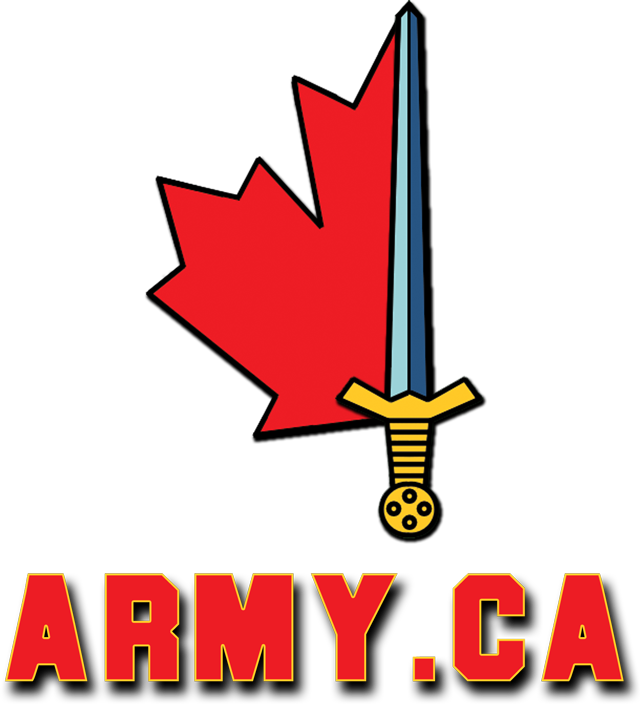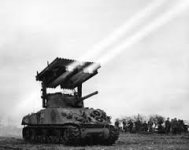daftandbarmy
Army.ca Dinosaur
- Reaction score
- 26,900
- Points
- 1,160
George Wallace said:6A Course. Lawfield Corridor. Late January 1985.
Tank became bogged on one of the Traces. It had broken through a layer of ice. Crew got out and left hatches open as it was not down below the top of tracks. ARV hooks up and begins Recovery. Tank breaks through a second layer of ice below top layer and is dragged to the bottom. ARVs pull it out, and haul it back into K17. Sat in hangar all night and this is what we found when we came in the next morning. Drivers hatch full of mud. Icicles hanging down like prison bars in the Loader and CC hatches. AMU ripped off. Mud on back deck making it look like a "Fastback". Notice the 12" block of ice still rammed up between gun and glacis plate. Over $65K damage. First C Sqn tank to go to "rebuild" in Montreal.
Cool.... that looks just like an 'Infantry Tank'


